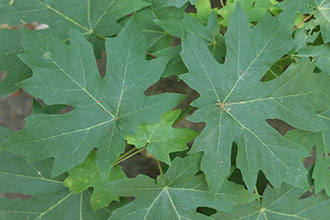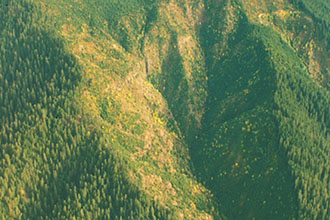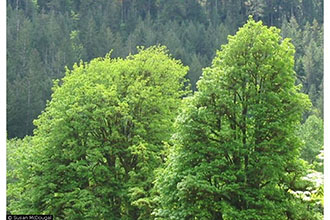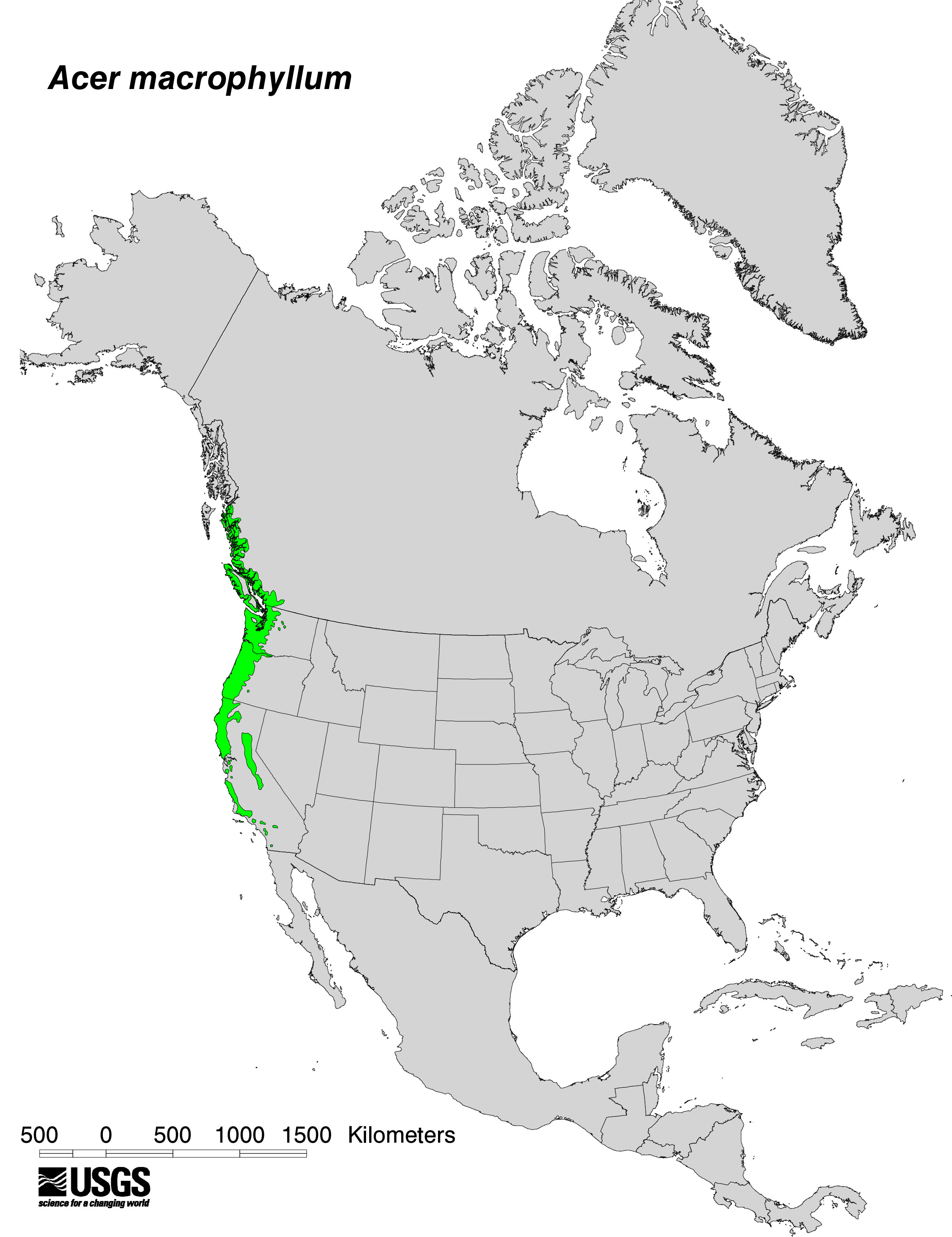Moist woods, forests, and canyons are bigleaf maple's most common habitats throughout much of its distribution... Bigleaf maple often occurs in scattered patches within or on the streamside edges of conifer-dominated riparian communities...Bigleaf maple typically supports many epiphytes. Mosses, liverworts, and ferns hang from its branches or grow in branch crotches. Bigleaf maple's moss load is generally the greatest of all tree species in the Pacific Northwest.
Periodic disturbances such as flooding, fire, or logging apparently help retain bigleaf maple as an important member of seral plant communities. Riparian zones experience flooding frequently...Bigleaf maple is common in primary succession on riverine sites, and it may establish on other new substrates as well...Bigleaf maple can also have positive effects on conifer growth. Litter and debris from bigleaf maple trees and sprout clumps can increase forest floor and soil nutrients and accelerate nutrient and litter turnover in Douglas-fir and western hemlock forests.
The scientific name of bigleaf maple is Acer macrophyllum Pursh (Aceraceae).
Bigleaf maple is common in some conifer, mixed-evergreen, and hardwood communities and in seral brushfields. These communities are often diverse in species composition and structure. Bigleaf maple is associated with Pacific madrone (Arbutus menziesii), Pacific dogwood (Cornus nuttallii), and prince's-pine (Chimaphila) throughout most of its range. Chapters within Barbour and others provide details of other over- and understory species commonly associated with bigleaf maple. In addition to the many vascular plant species with which bigleaf maple is associated, many arboreal moss and lichen species use bigleaf maple as a substrate. (Plant Database)



